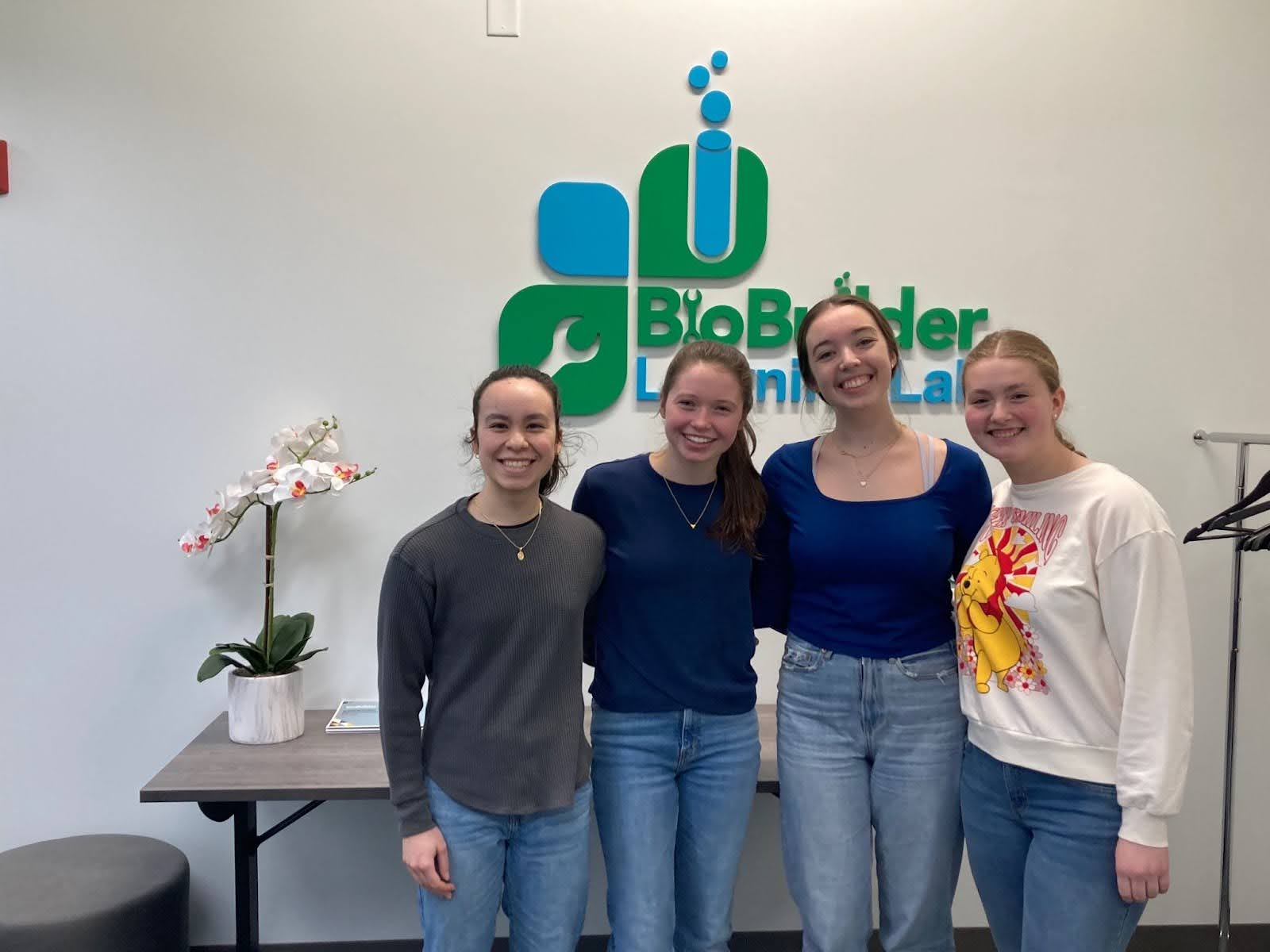Salmonella typhimurium (S. typhi) is a prevalent bacterial species, and is estimated to cause around 33% of food-borne illness in Sub-Saharan Africa, South Asia, East Asia, and Pacific regions. To decrease food contamination in these areas, a portable and self-regenerating detection system is needed. To fulfill these needs, we designed a yeast-based detection system using synthetic biology. Our system will express an antibody to S. typhi via a-agglutinin complex subunits (Aga1p and Aga2p) on the surface of Saccharomyces cerevisiae (S. cerevisiae), a yeast that is both engineerable in the lab and safe to provide to households in affected areas. When the antibody presented on the surface of these engineered yeast binds to a lipopolysaccharide (LPS) of S. typhi, it will activate the Hog1 pathway. This pathway is naturally present in S. cerevisiae and will be engineered to generate a detectable signal that will provide an early warning for food contamination. Our system, if successful, will create a low-cost, self-regenerating detector for S. typhi, reducing disease in third-world countries by making food and water safer to consume.

Detecting S. typhi with Engineered Yeast
School
Montrose School
Medfield, MA
BioBuilderClub Season
2023-2024 Season
Category
Resources
BBC Poster_TeamOne_Montrose School_2024